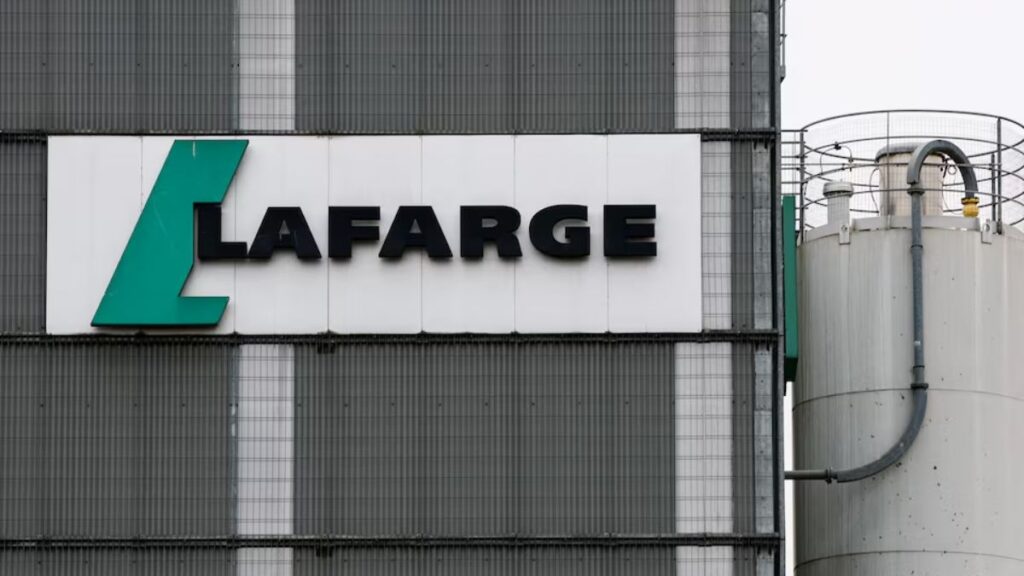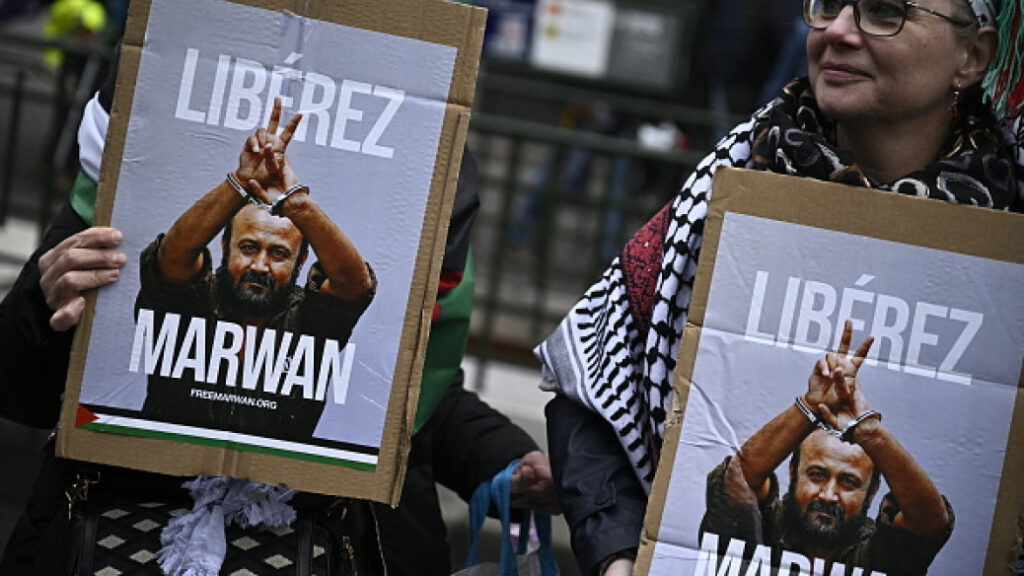Turkish President Erdogan Claims Israel Is Biggest Threat to Syria
Latest Developments
Erdogan Accuses Israel of Seeking ‘Fragmentation’ of Syria: Turkish President Recep Tayyip Erdogan labeled Israel the “primary obstacle” to a stable Syria on December 16, pledging that Ankara would continue to support the Ahmed al-Sharaa-led government responsible for ousting former dictator Bashar al-Assad from power in late 2024. “It is clear who will benefit from the fragmentation of Syria,” Erdogan said, adding that “a safer tomorrow for Syria is only possible with a vision of common history and all segments of society.”







